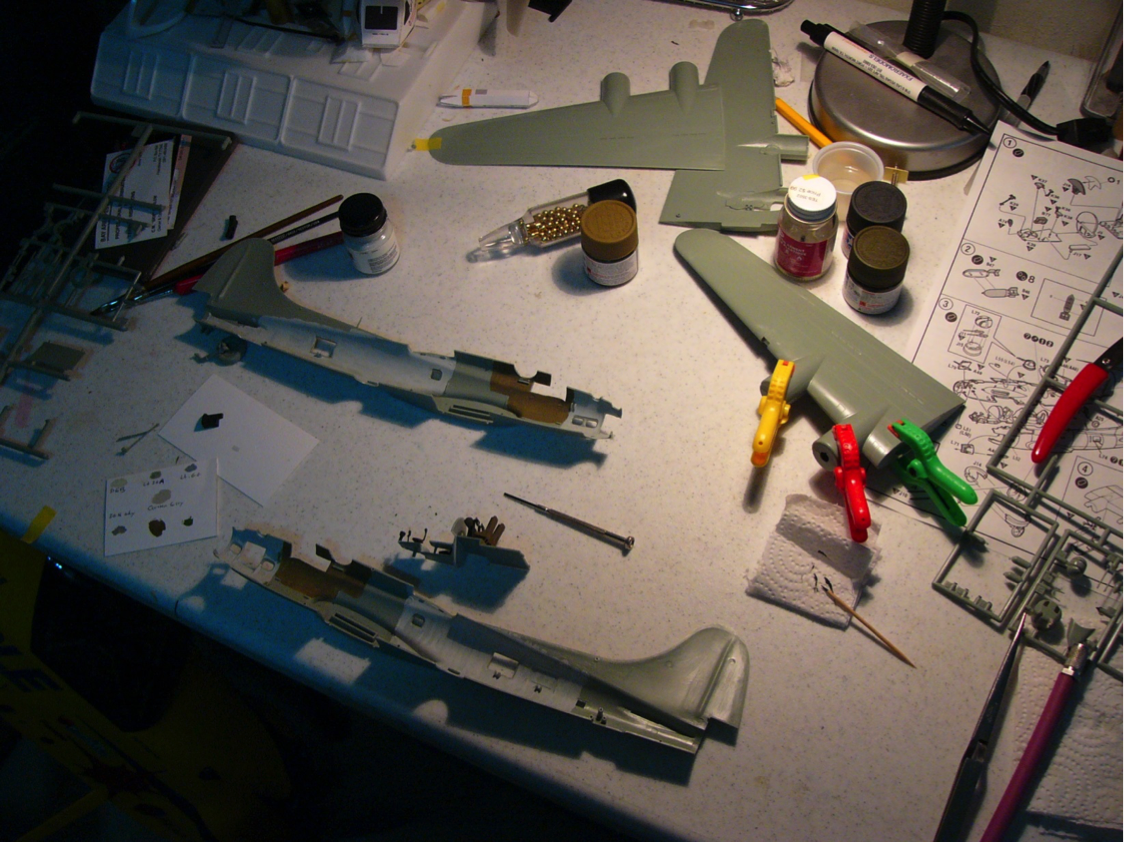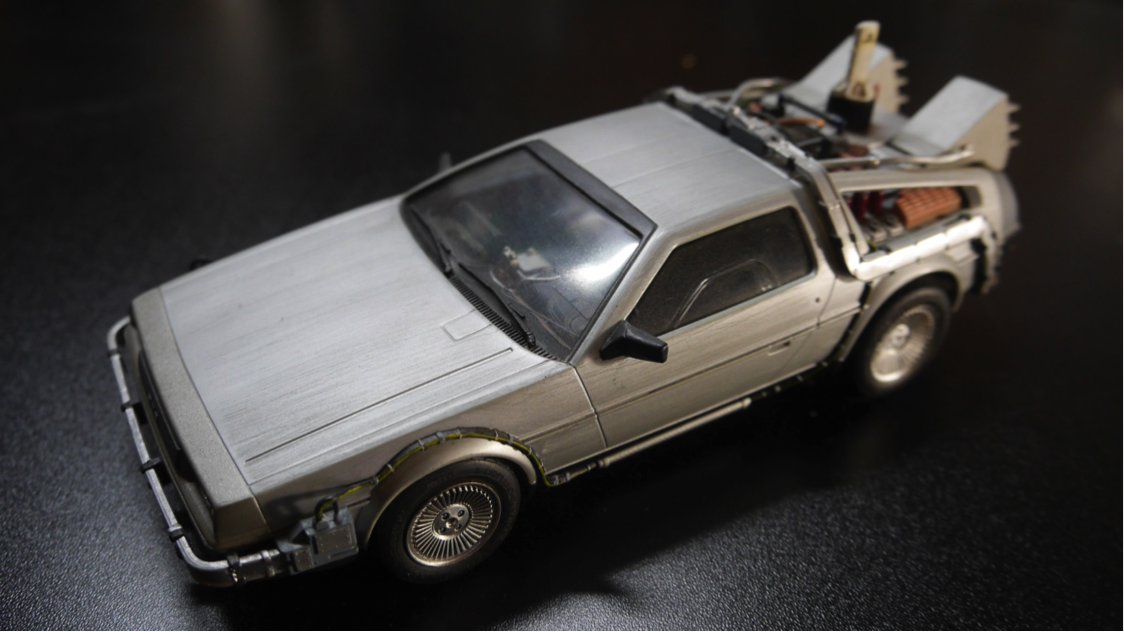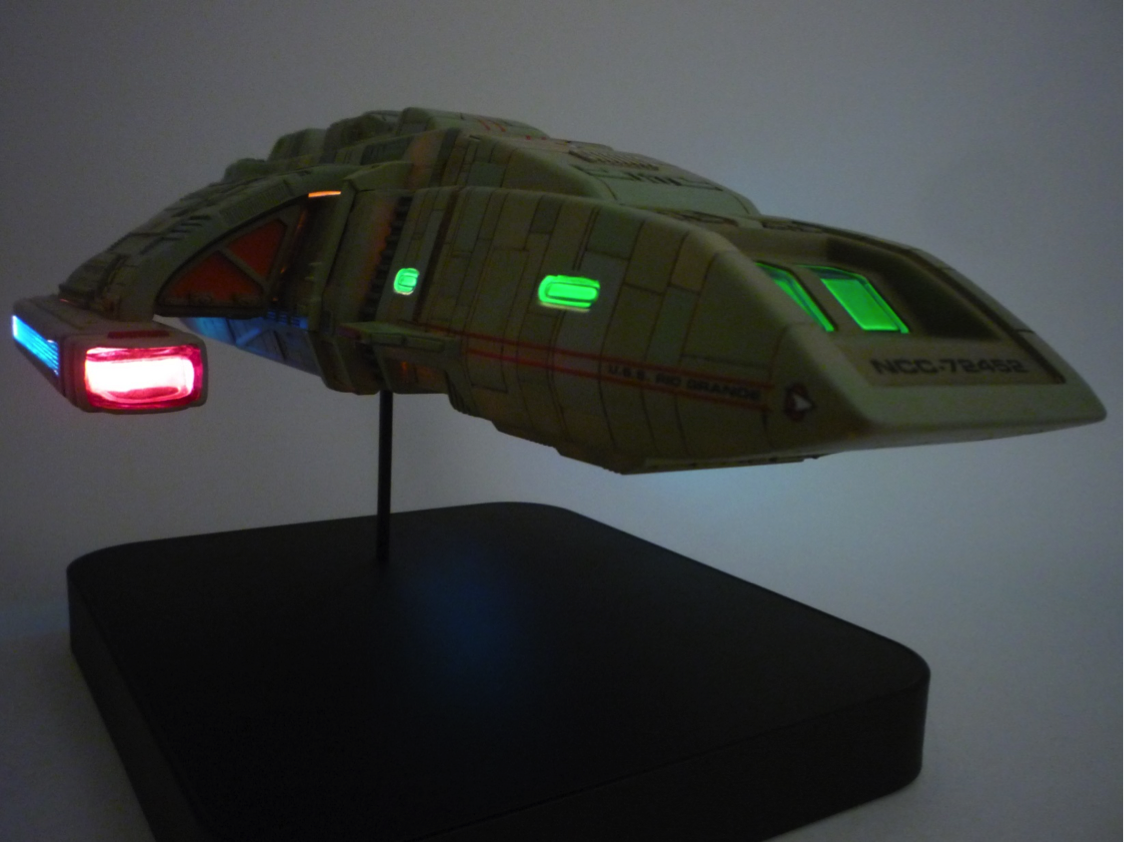Model Citizen
by Fitz Walker
Today, lets talk about models. The University of Houston presents this series about the machines that make our civilization run, and the people whose ingenuity created them.
I love models! No, not necessarily those under-fed lanky types on magazine covers. But the types of models that precisely duplicate real objects in miniature. The kind you buy as a box of small parts that then must be carefully assembled with glue and paint. I simply can't get enough of them.
My parents encouraged the young me to spend countless hours gluing and painting to my heart's content. One of my fondest memories is when she agreed to take one of my model airplanes to work with her to display on her office desk. Having the fruits of my labor being appreciated by others gave great pride to my then 12 year-old self.
Scale models have been around for eons but it wasn't until around the mid 20th century that they were able to be mass produced for the general population. No longer geared toward the under 20 crowd, as most kids today would rather play video games and use social media any ways, modern model kits are technological marvels. It is not uncommon for a model kit to have hundreds of parts and take scores of hours to complete.

B-17 WWII bomber kit under construction. Photo Credit: Fitz Walker
Most of the fun, however, is actually in the building process. Building something from abstract parts is an educating exercise in cognitive skills, spatial acuity, and simply following instructions. This is a case where the journey truly is more enjoyable than the goal.
Models have meant a lot more to me than just the sum of their parts. They helped me grow as a person and enlighten me intellectually. Like most kids, I had little interest in history and reading. But building scale models nurtured my infatuation with airplanes and technology. I became curious how real aircraft worked, so I started reading about them. With the learning of how they functioned I discovered the why. Why they looked like they did and how brave men and women pushed the envelope with experimental designs so as to speed up transportation or forge nations through war. I owe my path to becoming an engineer to those formative years gluing my fingers to plastic and immersing myself in books about these machines of men.

DeLorean time machine model kit from Back to the Future movies. Photo Credit: Fitz Walker
I still enjoy the solitude and relaxing aspects of model building as an adult. The sense of accomplishment is another major factor of me not being able to kick the habit. Painting and detailing require much discipline and forethought. Yet, it is not purely a solitary adventure. I belong to a local modelers club, where we gather monthly to display our latest creations and share advice on getting that perfect paint job. Each person brings to the table their own interests and in depth knowledge of a particular subject matter. It's like a meeting of walking encyclopedias as their array of obscure knowledge is often amazing. In one night you can hear about the intricacies of 9th century Viking ship construction, what interior colors were available for 1965 Chrysler buyers, or even why Charles Lindberg's Atlantic crossing airplane had no front windows.

Runabout spaceship model with internal lighting from Star Trek series. Photo Credit: Fitz Walker
So the next time you see a scale model on someone's shelf don't just think of it as a toy, but as a gateway to a larger world of learning and discovery.
I'm Fitz Walker on behalf of the University of Houston, interested in the way inventive minds work.
(Theme music)
International Plastic Modelers Society has chapters in every state. http://www.ipmsusa.org/
FineScale Modeler is a magazine and online resource. http://www.finescale.com/
This episode was first aired on November 10, 2015